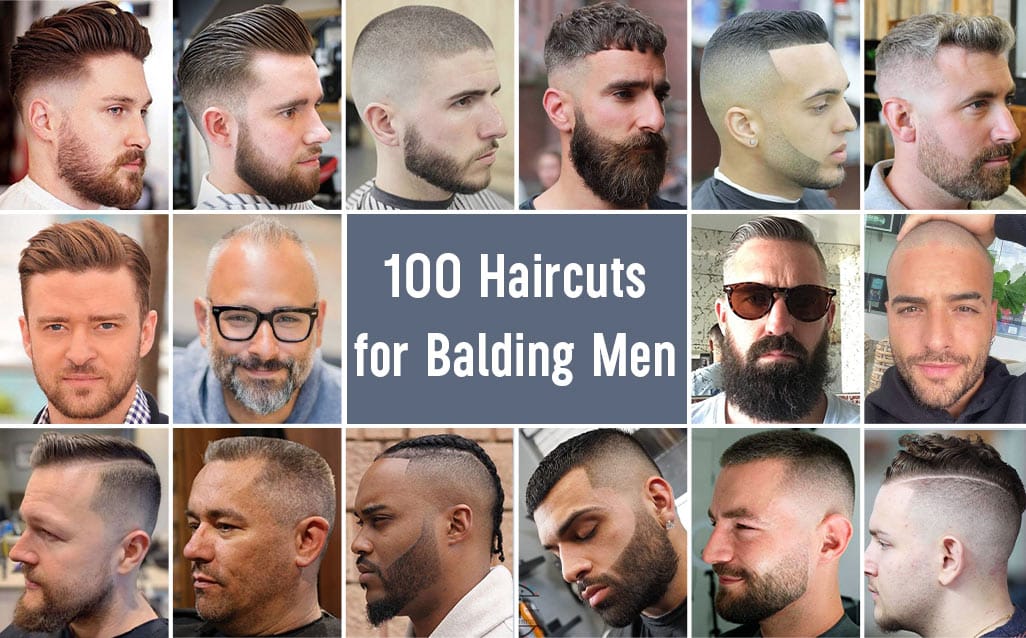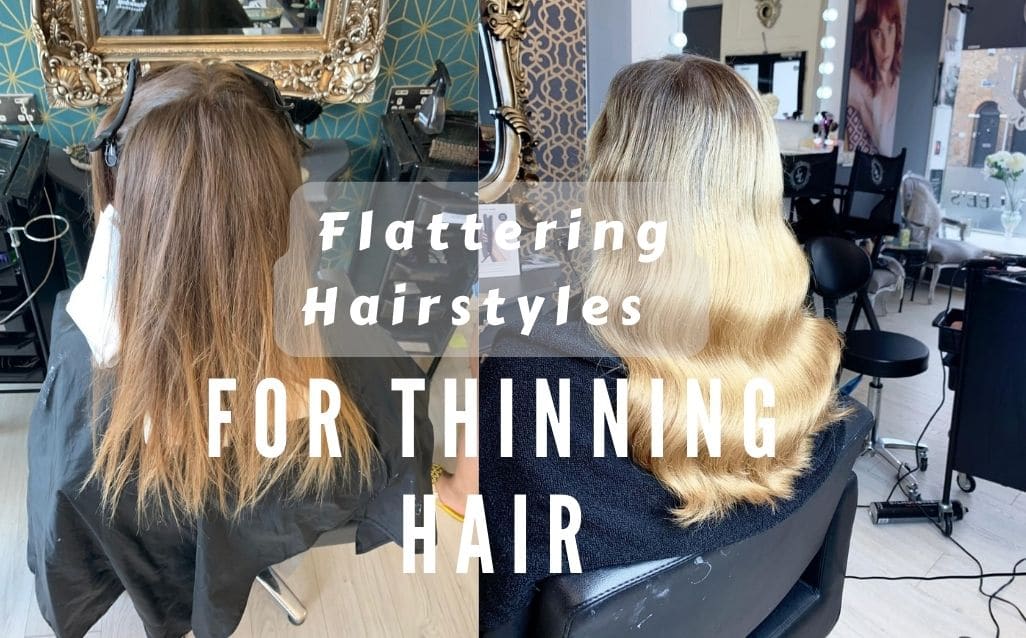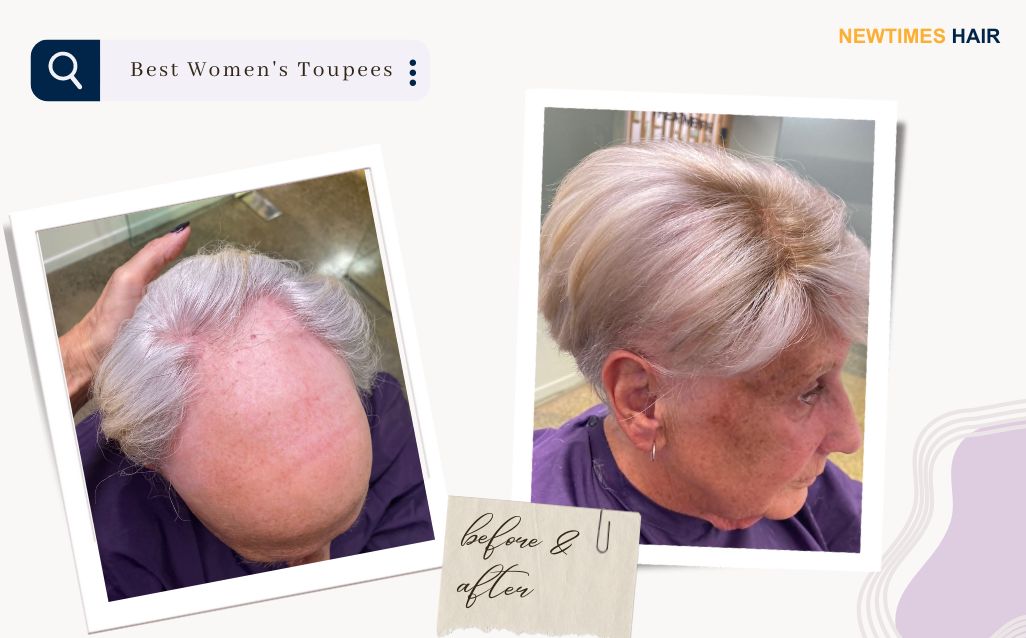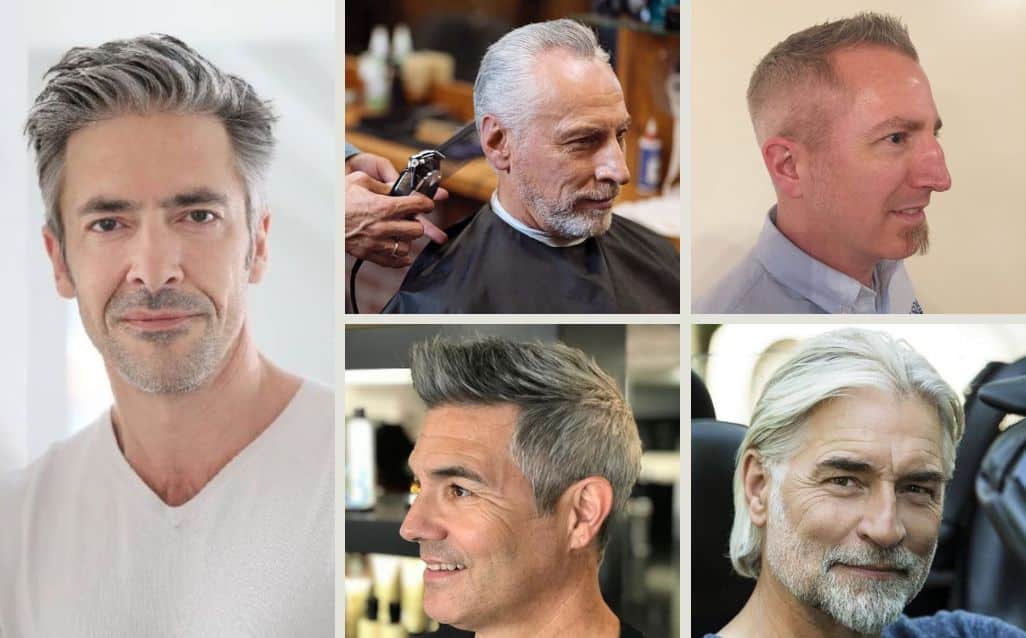The making of a hair system requires a great deal of care and attention. This could not be truer when it comes to hair density. To achieve the correct hair system density and the best possible look for people, hair cannot be knotted in a haphazard, carefree manner. Knotting hair is painstaking work and work that we need to take very seriously as we explained in our previous video.
For your clients who are interested in custom-made orders, there is a wide range of different hair densities for them to choose from. Regardless of whether they choose an extra-light density wig or one with a heavy density, the wig has to be made in such a way as to meet the density standard. You must understand how our technicians go about their work to achieve the desired density level of each hair system to avoid any misunderstandings when it comes to the end product.
First, our translation team will translate the density selected on the order forms into knotting terminology that our knotting workers can understand. The hair density guides that we produce for knotting workers are rather specific. For example, they state the total weight of hair that needs to be used on the hair system or in the case of lace bases, which strands of lace to knot too and how many strands of hair there needs to be on each knot. However, our hair density guides cannot guarantee the exact density level of the final hair system.
There are three reasons for this:
1. The density of the weaves for different base materials is not the same. Some materials are more densely woven; some materials less so. That means two different hair systems that follow the same hair density guide i.e. both specify the same weaves to knot hair to and how many strands to put on each knot will end up with a different final volume of hair.
2. Hair replacement systems are completely made by hand. This means it is very hard to get the exact number of strands of hair knotted onto one knot despite what the density guide may say. The fact is, a density guide is just a reference. Even the most experienced knotting worker will find it very hard to make sure each knot has the exact number of hair strands on it.
3. The best way to solve these issues is by for our technicians to work with our hair volume samples. These samples are in effect miniature hairpieces with hair knotted on the front, top, crown, and back and sides. Each sample showcases a different hair volume. Technicians can knot hair to the hair system they are working on and increase its hair volume whilst referring back to the relevant hair volume sample. Then after knotting, the knotting worker or QC can reference the volume of the ventilated hair system against the volume sample to make sure it meets the correct volume standard. You can also show this volume sample to your clients or salon clients so they, you, and your factory are all on the same page about hair volume expectations. This can prevent any future problems between you and them.
But there are still two points that you need to be aware of.
1. For some materials with very big holes like PE line, PN line, fishing net, and so on, it is hard to maintain the normal density standards. This is because these materials have less weaves that knots can be knotted too. The final density will, therefore, be less than other materials of the same density. These materials can also not support higher densities.
2. Some special ventilation methods, like injected hair, single silk top, or cutting return hair all produce hair systems with no return hair. It is hard to meet volume standards when there is no return hair.
That it is not always possible to match every volume standard is something you need to get across to your customers and suppliers. Before undertaking any kind of business relationship, make sure you and your customers or suppliers are all on the same wavelength regarding how hair density levels are reached and how they may differ across hair systems with the same density.
If you enjoyed our blog we would greatly appreciate it if you recommended it to others or shared it across social media. For any other information or questions, please contact us at info@newtimeshair.com.




